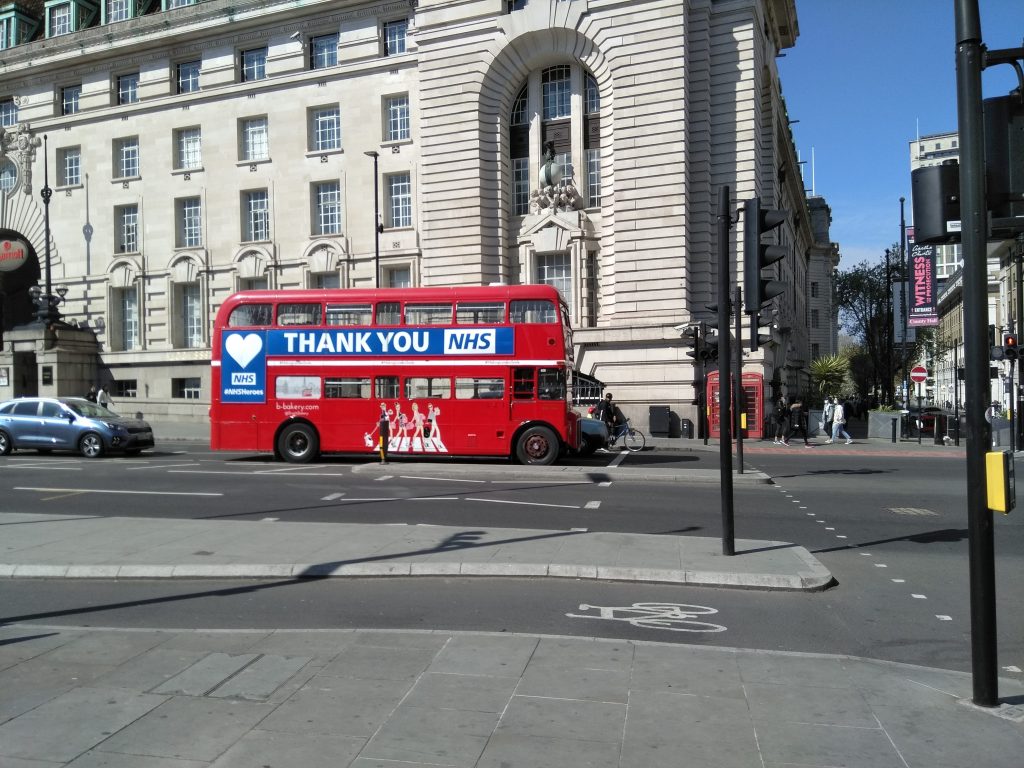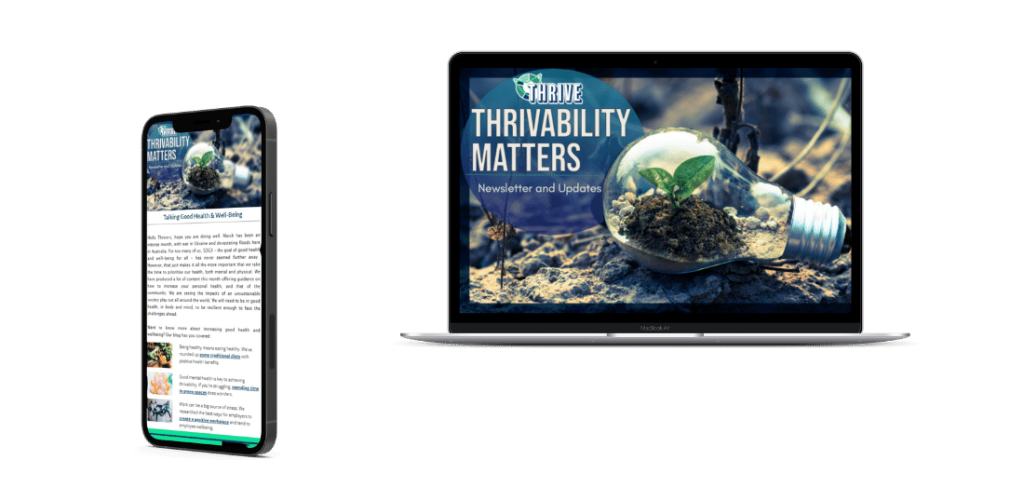What public health services actually give to society is of far greater value than the dollar cost. Yet, opinion still remains sharply divided on universal care.
The United States is the only one of 38 OECD nations that does not have universal health services. So, 28 million people in the United States (8.6% of the US population) do not have insurance. This is despite the fact that the US spends the most on healthcare out of all OECD countries.
By comparison, the UK’s National Health Services (NHS) provides universal free access.
Many in the US and elsewhere argue for a similar service. They believe that healthcare is an essential government responsibility. Opponents argue that socialised medicine reduces the quality and availability of healthcare. They also believe it is a financial burden on government.
In this article, we look at the experience of those countries to explain the benefits of universal care. We show how paying taxes for other people’s healthcare is to everyone’s advantage.

What Public Health Does Best
The NHS began in 1948, after the Second World War. It served the principles of universality, free access, equity, and centralised funding. Healthcare became a government responsibility, funded by general taxation and national insurance contributions. Now, the NHS has centres in each country within the United Kingdom. They are all centralised services with their own distinct frameworks, policies and principles.
However, in recent years, the quality of healthcare has declined in the UK. This has been due to insufficient budgets, growing populations, and high demand. It has caused longer waiting times, and workforce and hospital shortages.
Yet, despite the many problems, it still works well. Every person receives free treatment, regardless of their ethnicity, sexuality or economic status. This occurs even in countries with high levels of social and economic inequality.

Good Health and Well Being
In 2015, the United Nations agreed on 17 Sustainable Development Goals (SDG’s). The goals aim to eradicate all forms of inequality by 2030. Also, they would:
- Ensure peace and prosperity,
- Improve health and education,
- Spark economic growth, and
- Address climate change and environmental damage.
The SDG’s are essential priorities for global sustainability.
Health is very much connected, and an important part of achieving sustainable development. SDG 3: Health and Well-Being, aims to “Ensure healthy lives and promote well-being for all at all ages”.
Each SDG is dependent on the success of the others. For example, environmental damage threatens health and well-being daily. In turn, environmental problems worsen social and economic inequalities.
Without a universal healthcare system, social and economic inequalities affect access to treatment. This makes it hard to fight deadly diseases like HIV, diabetes and infectious disease. Disadvantaged groups and low income families are some of the worst affected.
The HIV crisis and Chronic Disease
The HIV crisis in the US is a powerful illustration of what public health could do. More than 1.2 million people are living with HIV, and more than 700,000 people have died from AIDS since the early 1980’s. The evidence shows that HIV affects ethnic and sexual minorities more than others. This is due to poor education and social stigma. Yet, they are people who are the least able to access medical treatments or tests.
While the US spends the most money on healthcare, its life expectancy is declining. It is now two years below the OECD average. The US has the highest rates of diabetes and obesity among OECD countries. It also has the highest chronic disease morbidity rate. These high rates of untreated disease appear to be due to a lack of testing and treatment. This would be more available with a free and universal health system.
What Public Health Does to ‘Choice’
The private insurance system rests on the principle of personal responsibility. People want to manage their own cover. They also do better choosing a service that meets their particular needs and budgets.
Many argue against government-funded healthcare on the grounds that it:
- Increases US public debt because it requires a duplication of existing services
- Increases the wait time for medical services because demand will exceed available supply
- Raises taxes and reduces people’s disposable income for things like private health
- Lowers doctor’s and health workers incomes
- Causes shortages of doctors because less people would choose that profession
- Lowers the quality of healthcare overall
They also argue that reduced competition also reduces innovation in medicine. The US has some of the most advanced medicine in the world. Its private companies have invented solutions to major public health threats, including Covid-19.

What Happens Without Public Health
Yet, there are much larger social and economic benefits with universal health care. Without it, the consequences for individuals can be dire, due to several factors:
- The lack of certainty and continuity of cover. If someone loses their job in the US, they often lose their health insurance. They can always buy coverage, including on the Affordable Care Act networks, but at an added cost. This is difficult to afford when struggling to find a new source of income.
- It actually costs more. Socialising medicine actually reduces costs. Thus, it makes society more efficient in its use of medical resources. Privatised cover, especially for specialised services, is very expensive for the consumer.
- People are forced into emergency. Laws in the U.S. require emergency rooms to treat people, whether they can pay or not. So many people have no alternative when they get very sick.
- People choose not to see a doctor because of their financial position. Pre-pandemic data shows that the US had the second lowest doctor visiting rate in the OECD. This means that people are not going to see doctors because they can’t afford it, even though they should be.
Reducing Social Inequality is More Sustainable
Social healthcare can actually increase GDP. Evidence shows that a healthier society is more productive. This is much better than forcing people into poverty, bankrupting households and businesses.
Many people choose their work based on what health insurance benefits they receive. This is less an influence on the choice of profession in a public health system. So, public health cover can encourage greater economic diversity and entrepreneurship. At the same time, employers reduce their costs without expensive private insurance.
Conclusion
Economic and social inequalities breed medical inequalities in the absence of universal healthcare. In turn, medical inequalities further deepen economic and social inequalities.
The absence of adequate healthcare affects well being and the ability to work. This reduces quality of life and is unsustainable in the long run. Yet, paying taxes to support a universal healthcare system benefits everyone. It makes the economy more resource efficient, more productive, and more sustainable.
For more information on sustainable solutions and UN’s Sustainable Development Goals, check out our THRIVE blog, sign up for our newsletter and listen to our new podcast series.

